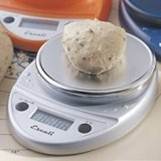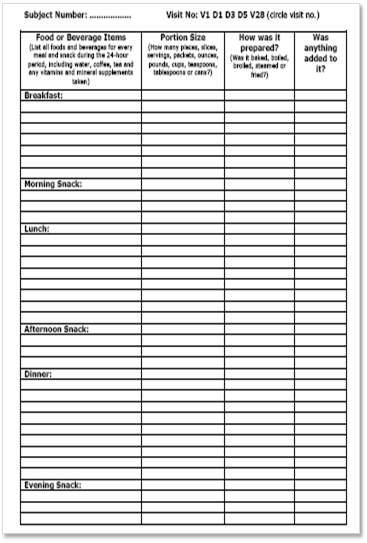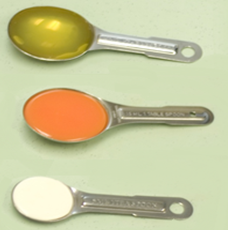We have extensive experience in national and multinational trials, and can perform assessments in English, Spanish, French, Creole, and Polish. In addition, we are familiar with food items from North America, South America, the Caribbean, Europe, Asia, and Middle East.
We also have a recruitment registry of >2200 adults interested in participating in clinical trials (most are overweight or obese), and we have now added recruitment for your trial as a service of our Core.
METHODS DIET
24-hour Diet Recalls
For 24-hour dietary recall, we use the USDA multi-pass interview method in conjunction with the University of Minnesota Nutrition Data System software (NDS-R 2005). NDS-R is the most comprehensive nutrient database available for research, containing data for over 18,000 foods with millions of variations depending upon food preparation method and food ingredients. The database contains over 8,000 brand name foods, as well as dietary supplements and nutrient-containing medications. Calculations are available for 120 nutrients and nutrient ratios. A variety of output data sets that can be generated including food data, nutrient data, meal data and recipe data.
Diet History
Diet History requires an in-depth interview with each subject in a private setting. Information on the past intakes and behaviors as well as current intakes and behaviors is gathered in a systematic manner. Diet history attempts to gather information over a long period of time, which may be 3, 6, or 12 months, or even years. Precision may be somewhat sacrificed over greater periods of time, but the objective is to understand changes in intakes or behaviors that have occurred often in relation to weight or other nutrition-related variables.
Food Frequency Questionnaires
Food Frequency Questionnaires are mostly used for observational or epidemiological studies. We can modify instruments to include specific foods or nutrients, or be population-specific. The objective of a FFQ is to get an estimate of usual or habitual intake.
Food Diaries / Diet Records
Daily Diet Records or Food Diaries are provided with training to subjects so they can measure or estimate and record concurrently all the foods and drinks consumed over a specific period of time. Foods can be weighed, measured or estimated. The method requires adequate instruction, training via demonstration with food models, and observation of performance. Household measuring utensils or food portion visuals are often provided.
Observed Intakes
Observed intakes can be performed in or outpatient. In addition to direct observation and recording of intakes by the diet assessment professional, trained observation, photography and/or videography may be used.
Weighed Intakes
Weighed Intakes offer the most accurate method of assessing dietary intake as all food and fluid items are precisely weighed before and after intake. The amount of detail is greater, but the method requires using food scales and providing in-depth instruction - which can be performed in or outpatient. The method has been used successfully in motivated populations such as retirees or in populations who are receiving pre-made meals.
Visual Analog Scale (Perceived Appetite and Hunger Scales)
BODY COMPOSITION
Anthropometrics
For total body water and fat-free mass.
DEXA (Dual Energy X-Ray Absorptiometry)
For total and regional fat, muscle and bone mass, and visceral adipose tissue.
CT (Compound Tomography) Image Analysis for Skeletal Muscle
For skeletal muscle, visceral adipose tissue, subcutaneous adipose tissue, and liver fat.
Skinfolds
BIA (Portable Bioelectrical Impedance Analysis)
PHYSICAL ACTIVITY
- Resistance Exercise Interventions
- Aerobic Exercise Interventions
OTHER SERVICES
- Diet / Recipe / Menu Development and Analysis
- Diet Assessment
- Nutritional Status Assessment
- Nutrition Education
- Nutrition Counseling
- Nutrition and Activity Interventions
- Research Design and Consultation
- Nutrient Analysis
METABOLISM
- Metabolic Chamber, Metabolic Cart, Treadmill Testing, Bike Testing



